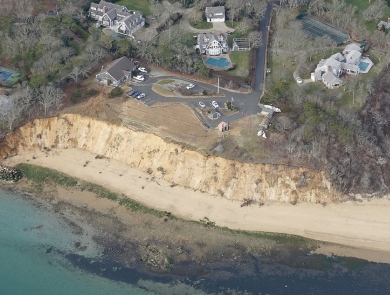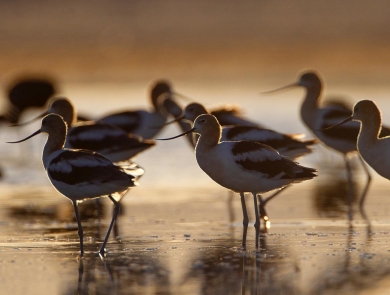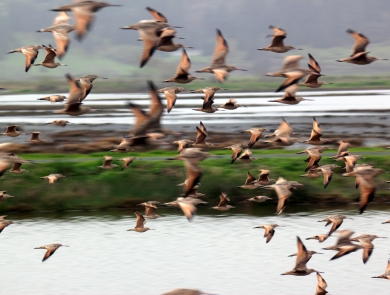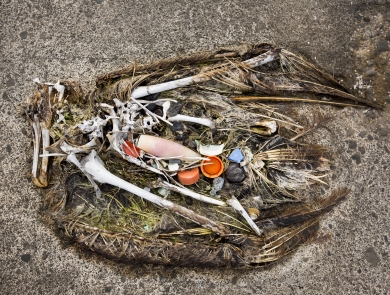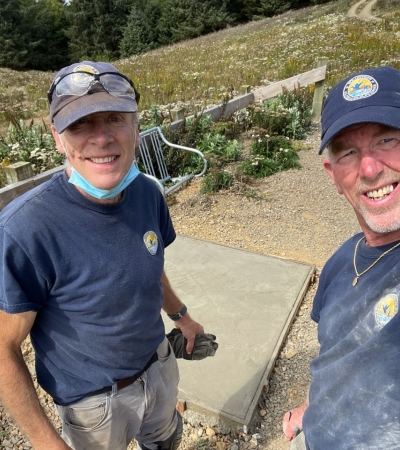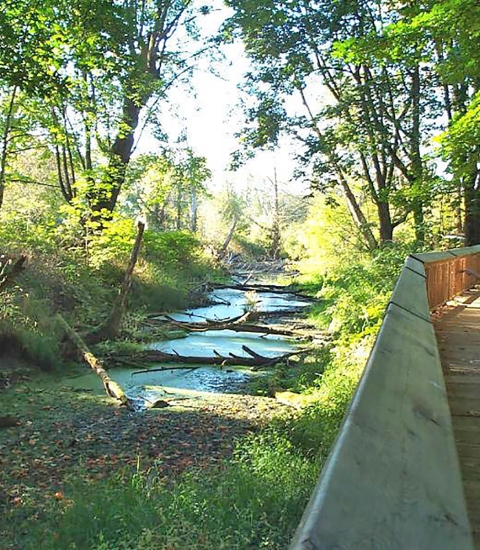Facility
Location
35704 County Highway 26
Rochert, MN 56578
United States
Volunteer Position Overview
About This Position
The purpose of the photographer is to take high quality photos documenting refuge events, environmental education activities, resource management activities (including staff and volunteers) and the flora and fauna of the refuge. These images may be used in social media, websites, flyers and more. If interested photographers may lead photo safaris/workshops on the refuge for the public, sharing their photography skills and special places on refuge.
Duties/Activities
Stories About Volunteering
Other Ways to Work with Us
Are you looking for something different than a volunteer opportunity? The Fish and Wildlife Service employs around 9,000 people nationwide and offers great internship opportunities every year.
